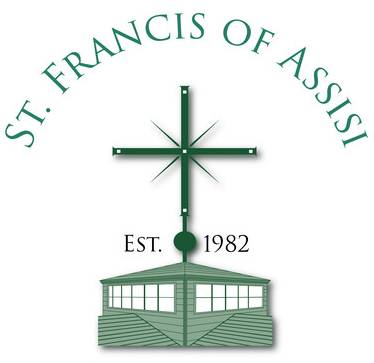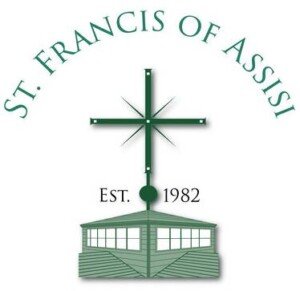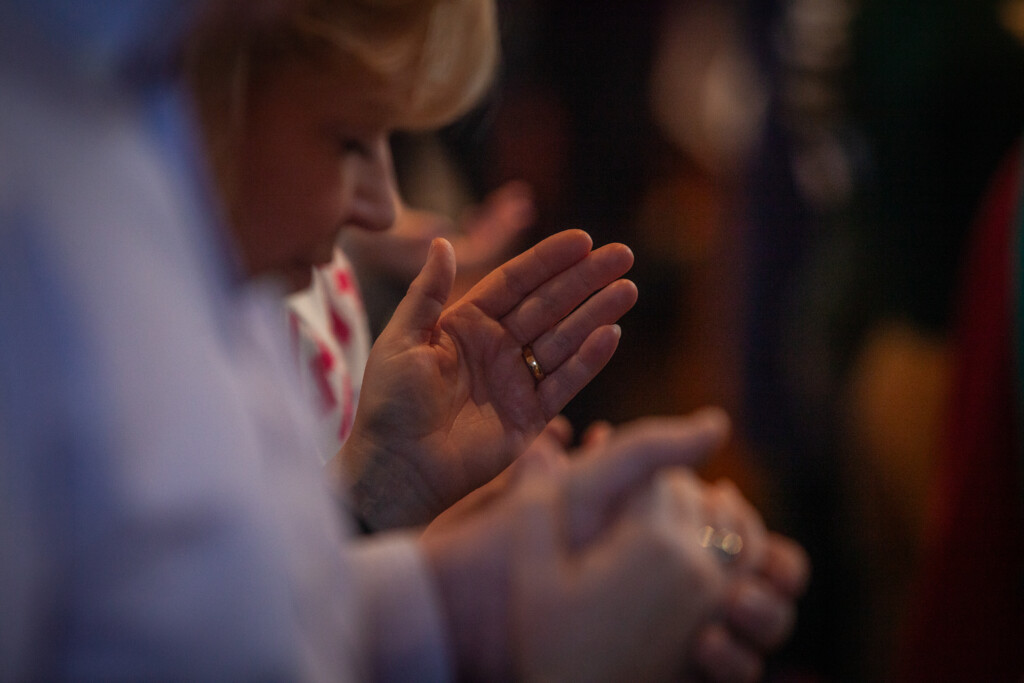The Centering Prayer Ministry practices the monastic tradition of Christian meditation, and Flo and Robert Hardy established the ministry at St. Francis in 1990 at Father David McBriar’s request. The group gathers on Thursday mornings to practice the contemplative prayer revised by American Trappist priests, Father William Meninger, Father M. Basil Pennington, and Father Thomas Keating, that emerged from St. Joseph’s Abbey in Spencer, Massachusetts, in the mid-1970s. One of the ministry leaders, Alice Stanford, describes centering prayer as “a method of approaching contemplation. Unlike the rosary, which is verbal and active, centering prayer is a type of intentional meditation. During Centering Prayer, we sit silently and neither reject nor embrace thoughts but allow them to flow by. It’s not verbal or like a mantra; you are making your mind blank. We let go of thoughts to allow the Holy Spirit to come in.”
The ministry meets as a group every Thursday morning and will start by sitting in silent prayer for about 25 minutes. Alice says, “After we finish the period of meditative prayer, we read a passage from ‘The Daily Readings for Contemplative Living’ from Father Keating, and we’ll discuss that for about half an hour to an hour, depending on how much time we have.” “Once a month, on the fourth Saturday, we also have a morning meeting,” she says. “On those Saturdays, we have three centerings, have some ‘goodies’ and snacks, and then we do a Bible passage and the Lectio Divina (a traditional monastic practice of scriptural reading, meditation, and prayer). We focus on scriptures and what the message of the scripture is to us individually.”
Keating has said, “God’s first language is silence.” Alice points out that the purpose of the ministry is to “make room in our busy, hectic lives for God, and for building our relationship with God. While we meet weekly as a group, we do practice centering daily on our own.” When new people join, Alice says they share the basics of how to do contemplative prayer. “We sit silently with our feet on the floor, our eyes closed, and allow our thoughts to flow by, neither accepting nor rejecting them. “Keating likes to describe it,” she says, “as sitting on the bank of a river and you watch the boats go by, just as you let your thoughts go by. But, says Keating, if you ‘get onto’ one of the boats, by letting one of your thoughts intrude, then you say your prayer word and get back ‘off the boat’ and continue with the contemplation.”
“I find that centering prayer puts you more in contact with the universality of our connection with the rest of the world, with every other person and creature,” says Alice. “Rather than considering our individual path, we consider our relationship with others and appreciate how we’re all connected.” The Centering Prayer group meets on Thursday mornings from 9:30 to 11:30 in Anthony Hall room 406, Thursday evenings from 7:30 to 8:30 via Zoom, and every fourth Saturday in the Anthony Large Conference Room from 9:00 am until noon. To ask questions or find out how to join, please call Alice Stanford at 919-781-5860.





